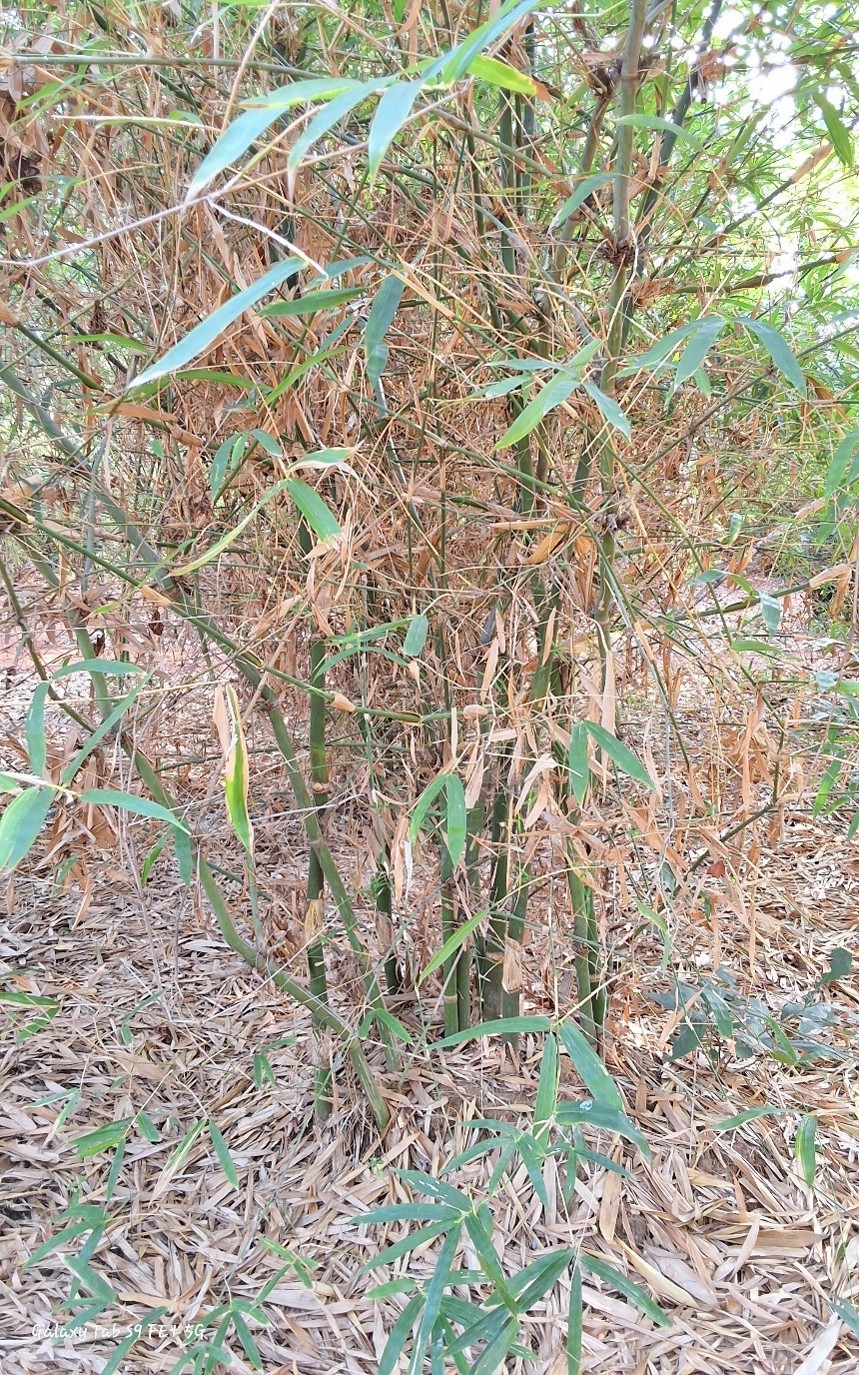Bambusa teres

Bambusa teres
commonly known as Smooth Bamboo or Teres Bamboo, is a species characterized by its slender and smooth appearance. The bamboo forms dense clumps and grows in an erect habit, reaching a height of 6 to 12 meters and a diameter of 4 to 6 cm. The culms are green and turn yellowish-green with age, with internodes that range from 20 to 30 cm in length. The culm sheath is green when young and turns brownish-yellow as it matures. The adaxial surface of the sheath is smooth and glabrous, while the abaxial surface is slightly hairy with ciliate margins featuring fine bristles.
The leaves of Bambusa teres are narrow-lanceolate, with pointed tips. They measure 10 to 20 cm in length and 1.5 to 2.5 cm in breadth. The bamboo thrives at altitudes ranging from 200 to 800 meters and prefers well-drained, fertile loamy soils. However, it is also adaptable to sandy and clayey soils. This species is native to India, particularly in the eastern and northeastern states like Assam, West Bengal, and Odisha, and it is also found in parts of Myanmar and Southeast Asia. It has been introduced to other tropical regions for ornamental and practical uses.
Bambusa teres is commonly found in tropical and subtropical forests, particularly in moist and well-irrigated regions. It requires an annual rainfall of approximately 1500–2500 mm for optimal growth. The inflorescence is a small, inconspicuous panicle with spicate branching. The empty glumes are ovate, acute, and have fine nerves, while the flowering glumes are similar but larger with ciliate margins. The stamens are exserted, the anthers are glabrous, and the style is covered with fine hairs. Flowering is rare, occurring in gregarious cycles every 30 to 50 years, with reported flowering in regions of Assam and West Bengal. The bamboo produces small seeds with low germination rates and is typically propagated through vegetative methods such as clump division, offsets, culm cuttings, and tissue culture.
This bamboo is used in a variety of applications including construction (for poles, scaffolding, furniture, and building materials), paper and pulp production, and craftwork such as baskets, mats, and handicrafts. It is also used for soil erosion control and in some regions, its edible shoots are consumed. Additionally, Bambusa teres is popular for ornamental purposes in gardens and landscapes.
Listen Audio:
Need assistance? BRTC Faculty